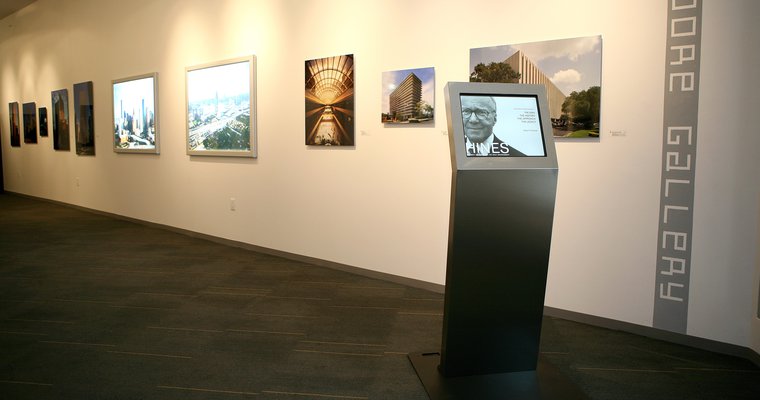
Self-service kiosks have proven to be excellent tools for making visiting a museum a more engaging experience. They can be used for basic museum services such as ticketing, wayfinding, interactive exhibits and even guided tours.
But as with any kiosk design project, where do you begin? There are many factors to consider and an array options available, including augmented reality, biometrics and QR codes, and a host of peripherals.
Luckily, museums have three big things going for them.
1. External expertise: Lots of smart people have researched and thought about the best ways to implement museum kiosks.
2. Internal expertise: Museums have professional curators with lots of experience weeding through mountains of possibilities to select the assets that museum visitors will most enjoy.
3. Kiosk industry experts. Kiosk design professionals have in-house engineers and self-service technology experience.
Let’s take a look at some of the macro issues you’ll want to consider.
Consider your mission
First, be clear about your museum’s mission and how interactive kiosks fit into that mission. You don’t want some random, yet glitzy marvel stealing the show from your main attractions. The kiosk hardware should fit your overall aesthetic. The content your kiosks provide should embrace your exhibits, get visitors excited about what they’re seeing and empower them to go deeper and learn more.
When you are confident your kiosks belong in your space, effective museum kiosk design becomes that much easier. You can start getting strategic about where they should be placed for maximum traffic flow and integration with your exhibits. You will also want to be sure they are eye-catching and their purpose is clear. With plenty of styles, colors and custom vinyl wraps, it’s easy to get your museum kiosks the attention they deserve. The user interface should be inviting and there should be plenty of signage to encourage people to interact with the machine, even if it’s in power saving mode.
Integrate, Integrate, Integrate
In today’s digital world, no one tech feature can be all things to all people, not even a computer kiosk. The heavy lifting of museum kiosk design is really figuring out how all your technology should fit together.
How your digital signage points to your interactive kiosks points to your web presence and translates to mobile devices. QR codes and text messaging are both great ways kiosks can relay existing information to your visitors’ smartphones.
Users can determine the best way to get from point A to point B on a 55-inch touchscreen kiosk and then have turn-by-turn directions sent to their cell phones.
Interactive digital exhibits can offer augmented reality apps for people to carry with them throughout your museum and even beyond the exit doors.
Maximize ROI
ROI should be a main consideration of a museum kiosk design. Fortunately, interactive kiosks offer a variety of ways to maximize these investments. First and foremost, that dynamic web presence you’ve been cultivating? Now it can be accessed by all your visitors, regardless of age, language or technical ability.
All your web content, including interactive digital exhibits, can be repurposed as kiosk content.
You can repurpose, but you can also rebrand. As exhibits come and go, you can swap out graphics and easily change the look and feel of your kiosks (homepage, screensavers, etc.) to keep up with the times.
Brainstorm ways your kiosks can help you extend your reach by encouraging existing visitors to return and recruit new visitors. Customer feedback/survey tools are available to help you improve performance. Such tools can also collect visitor reviews into a digital guest book filled with testimonials your marketing team will love to publish far and wide. It is even possible to send digital postcards from the museum to friends and family.
Today’s consumers value feedback/stars/ratings from those who have come before, so give them the rave reviews they crave.
There are a number of ways to get the most from a museum kiosk, including:
- Membership sign-ups
- Donations and contributions
- Surveys and feedback
- Special event promotions
Designing an interactive museum kiosk should be an engaging process that ultimately makes the patron’s experience more rewarding and delivers a positive return on investment.
